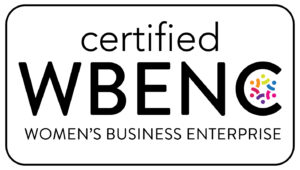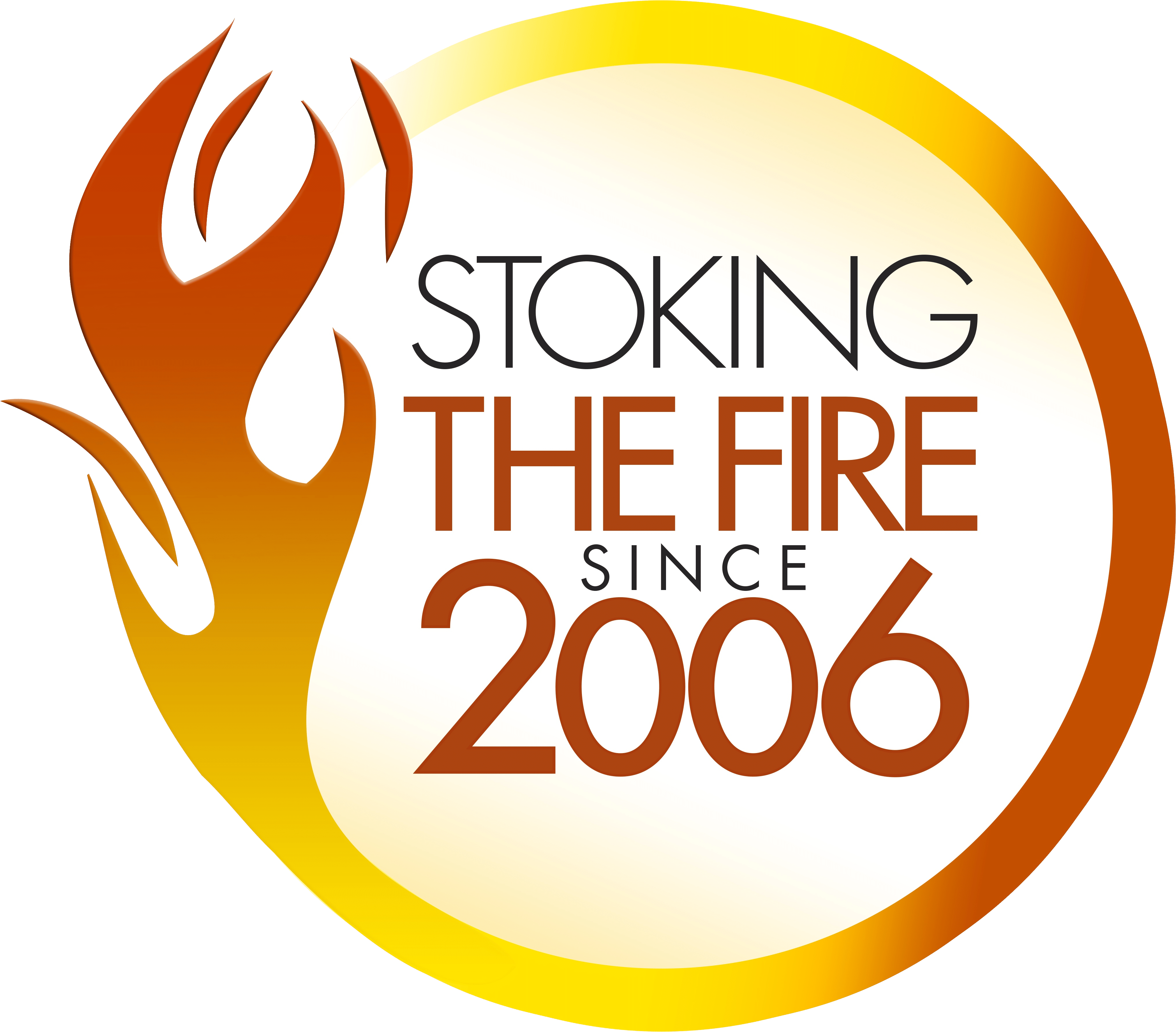Want to build winning teams? This guide has got you covered. Learn about teamwork, team-building, leadership and remote teams.
Quick Links
-
Teamwork makes productivity, innovation and employee happiness. It’s key to business success.
-
High performing teams have trust, communication, shared goals and accountability. It’s what gets results.
-
Use technology and schedule regular virtual meetings to build and maintain remote teams.
Why Teamwork Matters in Today’s Businesses

Teamwork is the foundation of success in today’s businesses. It increases productivity, drives innovation and employee happiness. When team members work together effectively as an effective team, they bring different skills and perspectives to the table and get creative solutions and better problem solving. Businesses that put teamwork first get higher engagement and achieve their goals more often. Successful teamwork is established by having a clear purpose and vision, which guides the team during challenges and decision-making processes.
Team building activities are a proven way to boost teamwork and morale in the workplace. These exercises aim to strengthen trust, enhance communication, and forge enduring connections among team members.
The results are powerful and lasting teams that perform at their best. Celebrating teamwork in the business not only boosts morale but also the company’s reputation making it a desirable place to work for top talent.
Plus teamwork provides lots of learning and development opportunities and leadership skills. Employees can grow in their careers and become better leaders and more valuable to the business. A shared vision and commitment between team members drives them to work towards common goals so everyone is aligned and moving in the same direction.
50% of businesses have reported success from teamwork. This collaboration has helped them achieve their operational goals. Regular virtual meetings are key to keeping everyone transparent and aligned to project goals. Let teams try and take risks and they’ll find better, faster or cheaper ways to work.
Team kick-off events that outline goals can make a big difference to team structure and communication.
Fire Power Seminars
Fire Power Seminars are designed to get the best out of your team and happiness. These customized programs are designed to get teams to work together effectively and beyond their limits. Fire Power Seminars offer a range of activities for team building, leadership training or executive retreats to address specific business challenges.
Participants in these seminars will learn how their personal values and beliefs impact their behavior and results within the team. The focus is on improving communication skills by exploring different language styles and how they impact on professional and personal relationships.
Fire Power Seminars work with clients to design the right group activities for their business.
Characteristics of High Performing Teams
High performing teams have several key characteristics that set them apart. Trust and communication are the foundation of a positive team environment where team members support and respect each other. They thrive on complementary skills and different perspectives which gets creativity and problem solving.
A team is driven by shared goals and accountability. When team members buy into a shared vision and believe their input matters they are more motivated to work towards those goals. Diversity in the team brings different perspectives and innovation and adaptability making the team more resilient and dynamic.
Trust, communication, complementary skills, shared goals and accountability is the foundation of teamwork. These are the essentials for any team that wants to perform and deliver results consistently.
How to Build Teams

Building a team requires a clear purpose, defined roles, a strong company culture and open communication. Establishing clear expectations and fostering a supportive company culture is crucial for the success of a new team. These are the blocks that guide the team and help overcome obstacles. Setting big goals that require teamwork will get the team performing and collaborating.
These will help create an environment where team members feel valued and motivated to bring their A game.
Define Roles and Responsibilities
Defining roles and responsibilities ensures that each team member has a clear idea of their individual responsibilities, avoiding confusion and getting the team working together. When team members know their place in the team it’s easier to coordinate and achieve common goals. Outlining individual responsibilities alongside clear goals and objectives means everyone knows what’s expected of them and who to go to for conflicts or questions.
Defining standards of behaviour and expectations helps team members know the communication styles expected of them. This clarity not only gets things done faster but also creates accountability as each team member knows their input matters to the team’s success.
Strong Company Culture
A strong company culture guides team behaviour and work approach, creates an environment that gets resilience and problem solving. Leadership plays a big role in enforcing team values and encouraging growth by seeking feedback for personal and professional development.
Building relationships within the team builds trust and gets honest collaboration. In a supportive team environment mistakes are not punished and seen as learning opportunities. This gets morale up and drives innovation and continuous improvement.
Open Communication
Communication is key for teams to stay connected and aligned to goals. Here’s how:
-
Regular team meetings and updates keeps team members informed and aligned to goals.
-
Weekly standup meetings gets team members communicating without micromanaging.
-
Monthly one-on-ones gets individual feedback and discussion.
By doing these teams will communicate and collaborate better.
Video conferencing tools mimics face to face interactions and helps remote teams build relationships. These tools gets visual connection and helps understand team dynamics. Clear communication of company updates and space for questions is key to transparency and trust in the team.
Respect and Inclusivity
Respect and inclusivity in teams is key to creating a safe space where team members feel free to speak up without fear of consequences. Respecting team members voices gets confidence and well being and therefore productivity.
Define communication guidelines and use inclusive language to get strong teamwork, trust and relationships.
Value Different Perspectives
Valuing different perspectives in a team gets many benefits including more innovation, faster problem solving and deeper customer connections. A safe space where team members feel respected, accepted and valued gets different perspectives shared, gets problem solving and creativity. Casual conversation in virtual meetings can also get team members bonding and reduce feelings of isolation.
Exposure to different backgrounds gets us aware of our biases and stereotypes, creating a more inclusive and empathetic team environment. Programs like the Women Empowering Women gets women engaged and motivated, helps them face and overcome personal and professional challenges.
Recognize Individual Contributions
Recognizing the contributions of talented individuals builds trust and motivation in the team. Effective teams have open appreciation and constructive feedback, celebrate individual and team wins. A simple thank you during a weekly standup or public recognition of team successes gets the team bonding and morale up.
Recognizing both big and small wins gets a recognition culture and team motivation. Most employees prefer authenticity over frequency and recognition gets them more engaged and excited about their work.
Leadership for Team Development

Leadership is key to building a successful team. Leaders need to be consistent, fair and responsive to team members needs to get trust. Self awareness and accountability are key to strong leadership which gets a culture of accountability and motivation in the team.
Track team progress regularly to get timely interventions to keep the team on track to goals.
Give Feedback
Giving feedback is key to team growth. It should be balanced positive and negative to get a growth mindset. Using the SBI method (Situation, Behavior, Impact) can help you give feedback to team members effectively. Acknowledge mistakes and ask for feedback gets trust and sense of safety in team members.
Performance reviews should include discussion about team dynamics and future goals. This way feedback is comprehensive and covers individual and team development needs.
Lead from the Front
Leaders who show self awareness and accountability gets their teams to do the same. Leading by example sets the standard for behaviour and performance in the team. When leaders model positive behavior, team members are more likely to do the same and gets the team bonding and performance better.
Leading by example gets morale and overall performance better as it sets clear expectations and gets a culture of hard work and commitment.
Remote Team Building

Building remote teams is different from in-person teams. Using technology effectively and scheduling regular virtual meetings gets team dynamics and teamwork right.
Fire Power Seminars offers customized programs and activities for remote team building, communication and leadership training.
Use Technology Well
Technology gets team members collaborating in real time, gets remote project management right. Platforms like Slack gets remote team members connecting and engaged through non work related chats. Using technology well gets remote team dynamics by getting open communication and project coordination.
These tools gets teamwork right in a remote setting as it gets team members collaborating and communicating seamlessly, gets better results.
Schedule Virtual Meetings Regularly
Regular virtual checkins gets team cohesion and addresses ongoing challenges in real time. Virtual meetings prevents small issues from getting out of hand and gets team members aligned to goals and company values.
Monitor Progress and Celebrate Success
High performing teams has high standards and accountability, reflects on outcomes to improve continuously. Just what a startup needs to succeed is a strong team that collaborates effectively. Monitoring and reviewing team performance gets progress and allows for adjustments. Creating a culture of recognition through regular recognition of individual contributions gets team morale and collaboration better.
A positive work environment gets you more resilient to change and stress, gets you back to speed faster during challenges.
Give Regular Feedback
Regular reviews gets you to identify both strengths and weaknesses in team performance. Reviews should cover progress, achievements, challenges and areas for improvement.
This gets continuous improvement and alignment to team goals.
Celebrate Success
Recognize and celebrate team and individual performance gets morale and motivation up. Ways to celebrate team milestones are personal ‘thank you’ at meetings, emails to senior managers and team lunches. Celebrating team performance gets people to take risk and supports team members, gets a culture that gets everyone to strive for excellence.
Recognize team effort and participate in team activities gets sense of achievement beyond individual achievement. This collective recognition gets a positive work environment and gets team members to perform at their best.
Team Building Activities

Participating in unique team building activities gets collaboration and communication better among team members. Activities like board breaking seminars and firewalk challenges not only gets team bonding but also breaks through limiting beliefs.
These activities gets teams of high performers to go beyond their limits and achieve new level of performance and unity.
Board Breaking Seminars
The ‘Breaking Barriers’ Board Breaking Breakthrough Seminars gets participants to overcome self imposed limitations and achieve breakthroughs by breaking a board with their bare hand. These seminars can be added to any event, stand alone seminars, sales kick off meetings, corporate retreats, lunch and learns or conference breakout sessions. Board breaking is a powerful way to break through fears and unproductive patterns and gets team members to perform and bond better.
Participants gets to experience a safe and supportive environment to identify what limiting beliefs they need to break through. Both adults and teenagers can participate in these seminars and get the confidence to overcome obstacles and discover their true power.
If you want a bigger challenge, you can move up to concrete block breaking.
Firewalk Challenges
Firewalk is the ultimate challenge offered by Fire Power Seminars. Firewalking gets people to push beyond their limits, gets unity through shared challenges. Walking on burning coals is a powerful metaphor to overcome fears and achieve the impossible.
Ready to take the next step? Contact us today. The sense of achievement and unity from firewalking can transform team dynamics and gets everyone more connected and committed to organizational goals.
Conclusion
Building high performing teams requires a multi faceted approach, clear roles, strong company culture, open communication and advanced team building activities. By recognizing and including, giving feedback and celebrating success, organizations can get teams to excel. Leadership plays a big part in this process, sets the tone and gets a culture of growth and accountability. Try these out and watch your team become a powerhouse of productivity and innovation.
FAQs
What programs do you offer?
Fire Power Seminars offers programs on team building, communication and leadership training. These customized activities gets organizational effectiveness.
What is one of the objectives of the Fire Power Seminars team building?
One of the objectives of the Fire Power Seminars team building is to get participants to understand how their personal values and beliefs affect their behavior and the outcome.
How do you break through fears and limiting beliefs?
Board breaking is one way to break through fears and limiting beliefs. This gets you to face and dismantle mental barriers and personal growth.
What is the biggest challenge offered by Fire Power Seminars?
The biggest challenge offered by Fire Power Seminars is a firewalk that gets participants to push beyond their perceived limits. This gets individuals to face and overcome their fears.
What will I get out of the Fire Power Seminars program?
I will get better communication skills, stronger relationships and learn to identify and transform my limiting language patterns.



